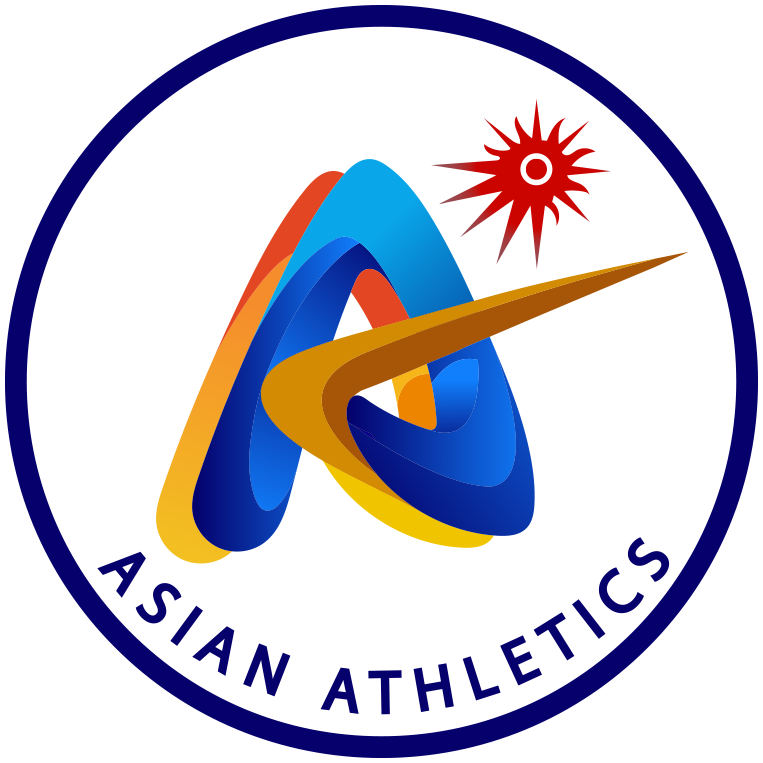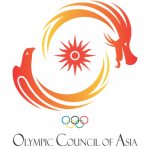The adaptation to varying time zones is a significant determinant of athletes’ performance in international competitions. Approximately one-quarter of athletes report difficulties adjusting to new environmental conditions and alterations in circadian rhythms when travelling across more than two time zones.
Evidence of jet lag include:
- Daytime fatigue
- Insomnia
- Nighttime awakenings with subsequent inability to return to sleep
- Diminished concentration and motivation
- Irritability
- Headaches
- Decreased appetite
Dysrhythmia explanation
The intensity of circadian dysrhythmia is contingent upon multiple variables, such as the direction of travel, flight duration, and the magnitude of the time zone discrepancy. Individual well-being may deteriorate as a consequence of the internal clock falling behind or racing ahead of the local time. Generally, westward travel is more tolerable than eastward travel because the human body is naturally inclined to adapt to extended daylight periods as opposed to longer nights. For example, travelling from Tokyo to Delhi (west bound) is more conducive to adjustment than the reverse journey. Conversely, travel within a single time zone (north-south or south-north) presents the slightest difficulty.
The Earth is divided into 24 time zones, with the Greenwich Meridian designated as the prime meridian, also known as Greenwich Mean Time (GMT). Hence, we observe:
- London at GMT +0
- Dubai at GMT +4
- Bishkek at GMT +6
- Beijing at GMT +8
- Tokyo at GMT +9
Although China spans five time zones, it observes a singular time zone at GMT +5. Russia, in contrast, recognizes all 11 time zones encompassed within its borders.
To attenuate the impact of circadian dysrhythmia, it is imperative to arrive at the destination country at the earliest opportunity with the following guidelines:
- For eastward travel, allocate one day of acclimatization per time zone crossed.
- For westward travel, a 4-hour adjustment period is recommended per time zone difference.
For example:
- Dubai is at GMT +4
- Seoul is at GMT +9. The time differential is five hours; thus, five days are recommended for athlete acclimatization from Dubai to Seoul. In contrast, only 20 hours are necessary for the westward journey.
Advisory measures include:
a) Pre-flight:
- Avoid intensifying lower limb physical activity 1-2 days before the flight.
- Gradually modify sleep patterns in one-hour increments toward the destination’s time zone. Sleep earlier for eastward travel and later for westward.
- Extend intervals between meals.
- Incorporate a higher carbohydrate content in meals three days preceding the flight.
- Plan for late evening arrivals to facilitate overnight sleep.
b) In-flight:
- Hydrate with still water.
- Utilize a sleep mask, earplugs, and pillows for neck and lumbar support.
- Consume carbohydrate-rich meals.
- Wear medical compression garments on the legs.
It is critical to avoid:
- Caffeinated beverages, carbonated drinks, and alcohol.
- Sleeping during ascent and descent.
c) Post-flight:
- Prioritize earlier bedtime.
- Engage in restorative massages.
- Refrain from intense workouts for two days post-arrival.
- Focus on protein-rich meals and moderate consumption of tea and coffee.
- Avoid cold water intake.
- Increment water consumption in warmer climates by 15% for every 3°C increase in ambient temperature.
- Disengage from all electronic devices.
- Align activities with the local time zone.
By adhering to these strategies, Asian athletes can proficiently adjust to Western time zones for events such as the Paris 2024 Olympic Games.


